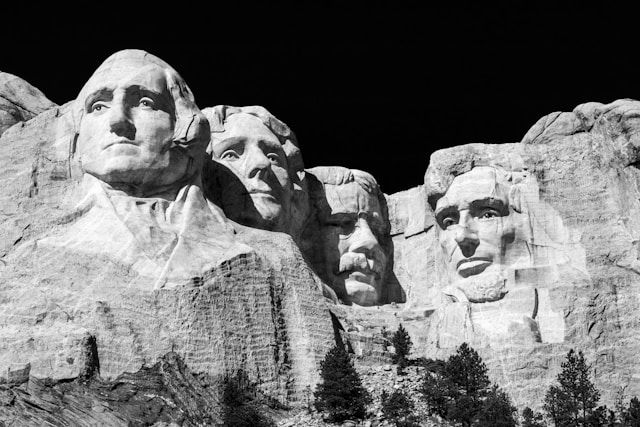
The Architecture of Wonder
When my children were young, I would read the story of Chicken Little to them; the little bird who, when struck by a falling acorn, panicked and ran shouting, “The sky is falling!” Soon the entire barnyard was in chaos, everyone believing the end had come. None of them paused to look up. None thought to ask whether what they’d heard was true. It’s a story that reflects the irrationality of humans at times as the join they stampede of opinion at times.
We are told the sky is falling, that life is a random chemical flicker, that morality is an illusion, which meaning is a trick of the brain. And like the frightened hens, many run with the story without looking at the evidence.
Yet when one does stop, when one lifts their eyes to the heavens, something altogether different is revealed. Not chaos. Not collapse. But a universe so delicately balanced, so incomprehensibly ordered, that the idea of accident begins to look absurd.
Physicists call it fine-tuning: the discovery that the very laws which make life possible are calibrated with astonishing precision. Gravity, the speed of light, the ratio of proton to electron mass; all must be exactly what they are, or nothing would exist. Sir Fred Hoyle, though not a believer, admitted that “a superintellect has monkeyed with physics.” He could not escape the sense of design hidden within the numbers.
Consider just one example. If gravity were stronger by even one part in ten thousand billion billion, the stars would burn too hot and fast, collapsing in a brief fury. We would have no long-lived suns, no stable worlds, no time for life to begin. If gravity were weaker by the same measure, the cosmos would drift apart. There would be no galaxies, no warmth, no light. A universe either frozen or aflame. In both cases, silent. Lifeless. Empty.
The universe, then, is like a vast instrument; a harp tuned so finely that one loosened string would undo the entire composition. And yet here we are, part of that music, conscious and questioning, capable of awe.
The physicist John Polkinghorne once said, “Science does not explain the world; it describes a world already intelligible.” To him, this intelligibility was no accident, it was a sign of Mind, a whisper of the Divine rationality that holds creation in place. Einstein himself spoke of “the incomprehensible comprehensibility of the universe” as a miracle.
But even beyond reason lies a deeper response: wonder. Søren Kierkegaard described faith as “a passion for the possible.” It is that movement of the heart that steps past abstraction into communion — that looks through the telescope not only to see stars, but to glimpse intention. The fine-tuned order of the cosmos does not so much prove God as it unveils the poetry of His thought.
The silence between the stars is not empty but resonant, palpable, purposeful. The same hand that set the constants of nature also formed the constants of conscience, the moral law that stirs within us when we know joy, or guilt, or love.
Perhaps the universe and the human heart are written in the same handwriting, one in the language of matter, the other in the language of spirit. Together, they tell us we are not the children of accident, but of intention.
So, when the world shouts that the sky is falling, I choose instead to look up — to the heavens finely poised, to the stars that still sing the music of their Maker.
Further reading: A Fine-Tuned Universe: The Quest for God in Science and Theology - The Gifford Lectures
Image by Copilot

